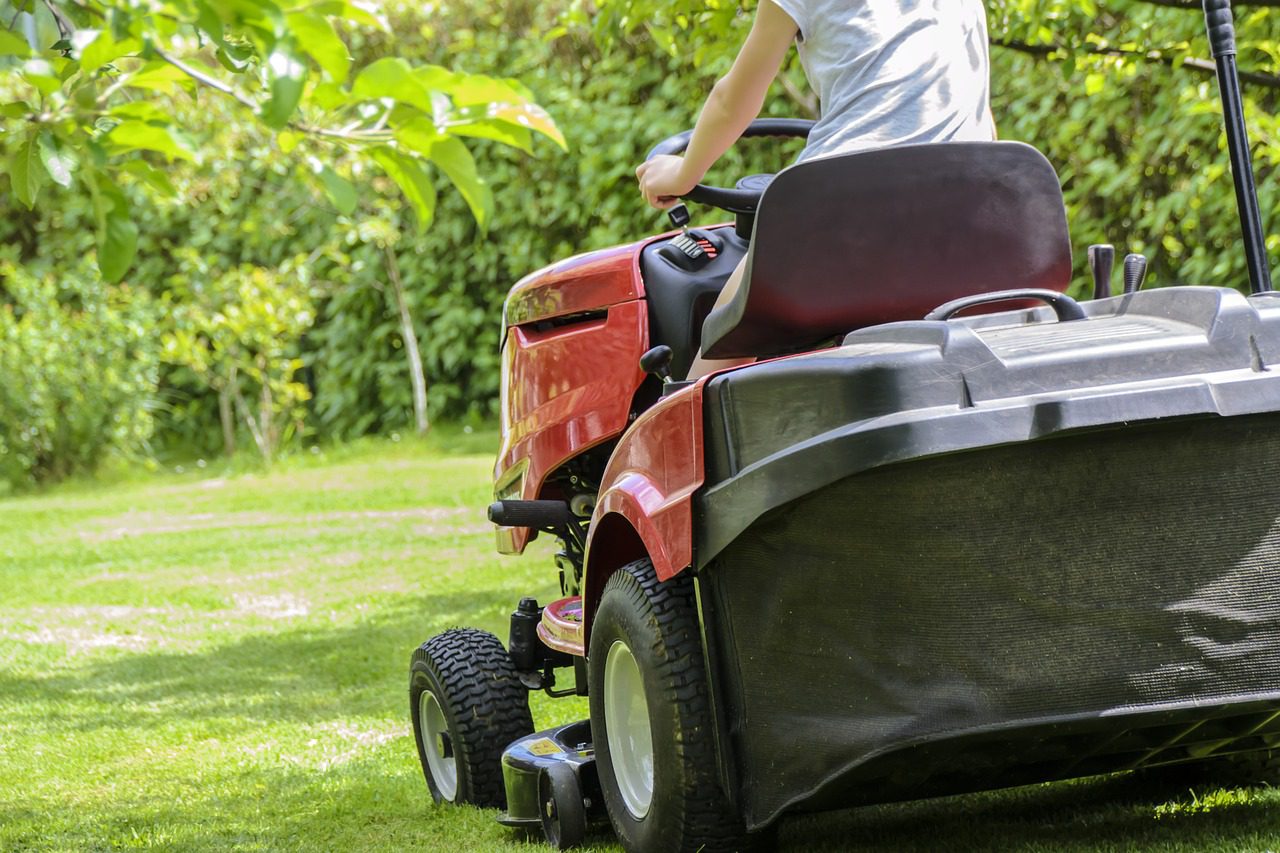Lawn Mower Safety

,
John R. Yannaccone, PE, Senior Mechanical Engineer ::::
Case Synopsis: A landscaper was operating a commercial riding mower at an industrial plant early one morning. The ground was covered in dew resulting in a slippery terrain. As the worker was cutting the lawn, he proceeded down a hill, was unable to stop, and slid into the side of a building. Due to the wet ground and the incline, he was unable to back the mower up from the building. At that point he dismounted the mower and attempted to pull it away from the wall so he would be able to drive again. While attempting to move the mower, the worker slipped, entangled his foot under the mower deck resulting in a partial amputation.
Expert Analysis: According to the operator’s manual for the mower, there were several interlocks, or safeties, which should have prevented the mower blades from operating after dismounting the mower. The system should turn off the mower’s engine if the blades were still engaged, or the parking brake was not set when the operator removed his weight from the seat. The manufacturer had performance requirements on how quickly the engine was required to stop after weight was removed from the seat. There was also a recommendation that the seat interlock be checked weekly to confirm it operated properly by shutting down the mower if weight was removed from the seat.
Initial testing of the mower showed that if the blades were left engaged, the mower would turn off when weight was removed from the seat. However, with the blades disengaged, the engine would continue to run regardless of the position of the parking brake when the seat was un-weighted. This indicated a malfunction of the interlock system, as the engine should have shut down. Inspection of the mower revealed that a homemade jumper was placed across the parking brake position sensor switch. Jumping the sensor switch communicated to the interlock system that the parking brake was set regardless of its position. Additional inspection revealed that the crimp-on connections used to connect the seat switch to the mower’s wiring harness were a different type than the crimp-on connectors used in other locations on the mower. They were, however, the same brand as those used on the jumper wire used to short the parking brake position switch. It was hypothesized that at some time before the inspection, the seat switch had been circumvented to prevent the mower from shutting down when the operator dismounted the mower without shutting down the blades and setting the parking brake.
When confronted with the findings of the inspection, the owner of the landscaping company admitted he had defeated the interlock system to prevent unwanted engine shutdowns when the operator disembarked the mower. After the incident, he was concerned he would be held responsible and reconnected the seat switch but neglected to remove the jumper wire he had put on the parking brake position switch.
Result: Based on the admitted tampering with the interlock/safety systems on the mower, the product case against the mower manufacturer was dropped.
John R. Yannaccone, PE is a Senior Mechanical Engineer with DJS Associates and can be reached via email at experts@forensicDJS.com or via phone at 215-659-2010.
Tags: John R. Yannaccone | Lawn Mower Safety | Mechanical Engineer


